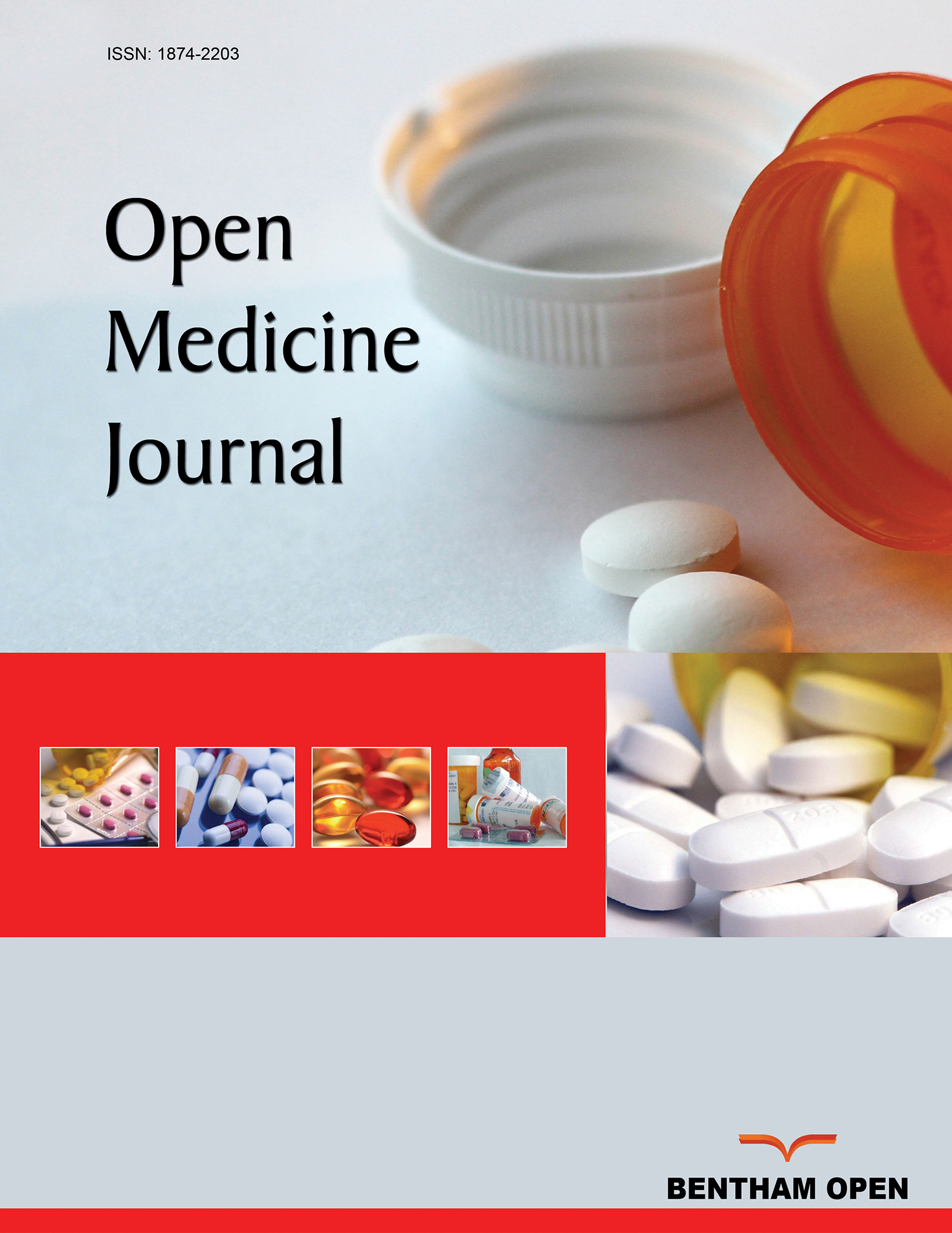Pharmacological Management of Post-thoracotomy Pain
Abstract
Thoracotomy is widely recognised as one of the most painful surgical procedures. The combination of extensive tissue dissection and dynamic respiratory movement postoperatively makes post-thoracotomy pain control particularly challenging. In the short term, inadequate analgesia is associated with respiratory complications, poor mobilisation, delayed discharge and respiratory infections. More importantly, poorly controlled postoperative pain is associated with developing chronic post-thoracotomy pain, also known as post-thoracotomy pain syndrome (PTPS). The reported incidence is between 25-60% and can be debilitating and difficult to treat. Increasing understanding of complex nociceptive pathways and neuropathic mechanisms has generated interest in the use of new therapeutic agents termed as adjuncts to post-operative opioid analgesia. In the area of thoracic surgery, the use of analgesic adjuncts has been subjected to a number of studies in recent years. In this article, we present a literature review of current treatment strategies for management of post-thoracotomy pain with evidence of effectiveness.


